Growing Construction Activities
The resurgence of construction activities in both residential and commercial sectors is a significant driver for the Glass Wool Insulation Market. As urbanization accelerates, the demand for new buildings and infrastructure projects is on the rise. This trend is supported by data indicating that construction spending has seen a steady increase, with projections suggesting a compound annual growth rate of approximately 5% over the next few years. Glass wool insulation is favored in these projects due to its lightweight nature, ease of installation, and excellent acoustic properties. Consequently, the expansion of the construction sector is likely to bolster the market for glass wool insulation, as builders seek efficient and effective insulation solutions.
Rising Energy Efficiency Standards
The increasing emphasis on energy efficiency standards across various sectors appears to be a pivotal driver for the Glass Wool Insulation Market. Governments and regulatory bodies are implementing stringent energy codes that necessitate the use of high-performance insulation materials. This trend is likely to propel the demand for glass wool insulation, as it is recognized for its superior thermal performance and energy-saving capabilities. According to recent data, buildings equipped with glass wool insulation can achieve energy savings of up to 30% compared to those without. As energy costs continue to rise, the adoption of glass wool insulation is expected to gain momentum, thereby enhancing its market presence.
Increased Awareness of Environmental Impact
There is a growing awareness regarding the environmental impact of construction materials, which is influencing the Glass Wool Insulation Market. Consumers and builders are increasingly prioritizing sustainable materials that contribute to lower carbon footprints. Glass wool insulation, being made from recycled glass and sand, aligns well with these sustainability goals. Market data suggests that the demand for eco-friendly insulation materials is expected to grow by over 20% in the coming years. This shift towards environmentally responsible choices is likely to enhance the market for glass wool insulation, as it is perceived as a viable option for reducing energy consumption and promoting sustainability in building practices.
Supportive Government Policies and Incentives
Supportive government policies and incentives are emerging as a key driver for the Glass Wool Insulation Market. Many governments are introducing financial incentives and subsidies to encourage the use of energy-efficient insulation materials in construction. These initiatives are designed to promote sustainability and reduce energy consumption in buildings. For instance, tax credits and rebates for energy-efficient upgrades are becoming more common, which could potentially increase the market penetration of glass wool insulation. As these policies gain traction, they are likely to stimulate demand, making glass wool insulation a more attractive option for builders and homeowners alike.
Technological Innovations in Insulation Materials
Technological advancements in insulation materials are playing a crucial role in shaping the Glass Wool Insulation Market. Innovations such as improved manufacturing processes and the development of enhanced glass wool products with better thermal and acoustic properties are emerging. These advancements not only improve the performance of glass wool insulation but also expand its application range in various sectors, including industrial and commercial buildings. Recent studies indicate that the introduction of new formulations can increase the thermal resistance of glass wool by up to 15%. As these technologies continue to evolve, they are likely to drive the adoption of glass wool insulation, making it a preferred choice among builders and architects.
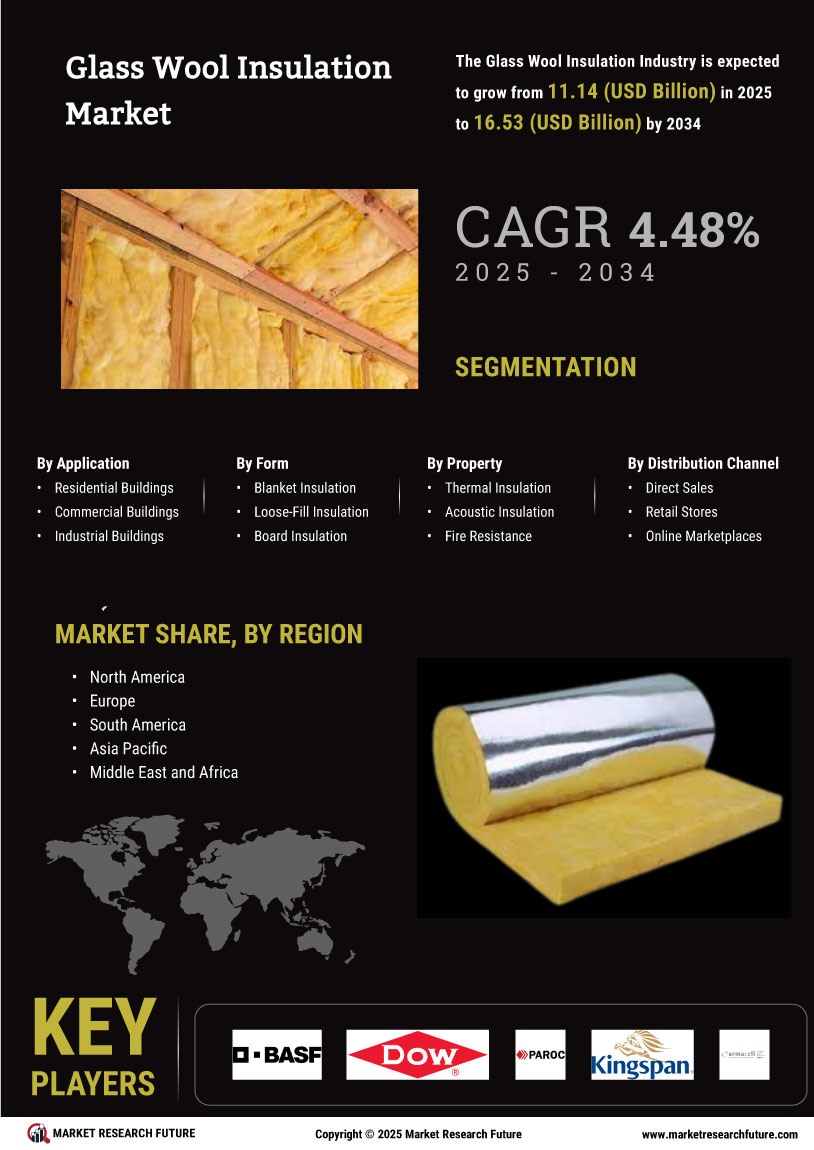

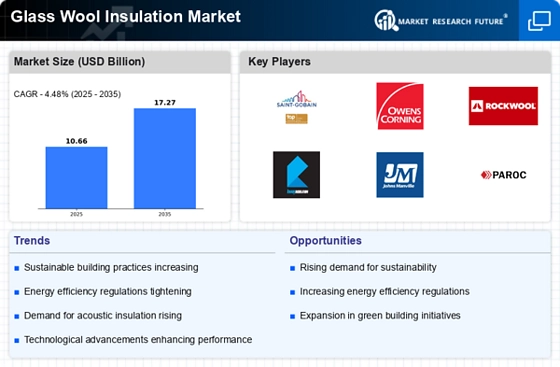
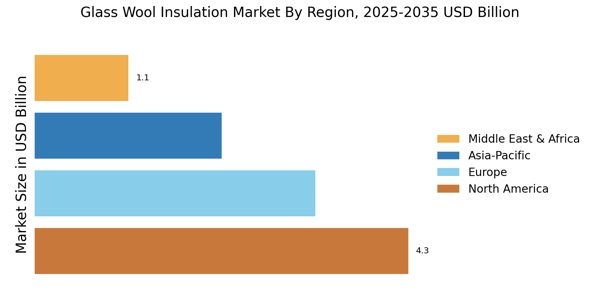
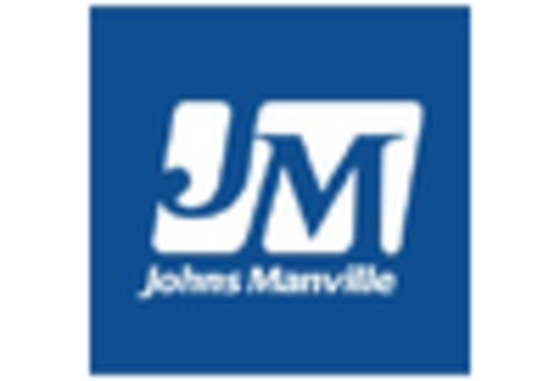
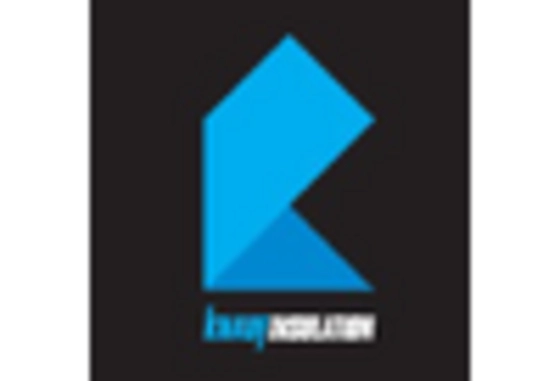
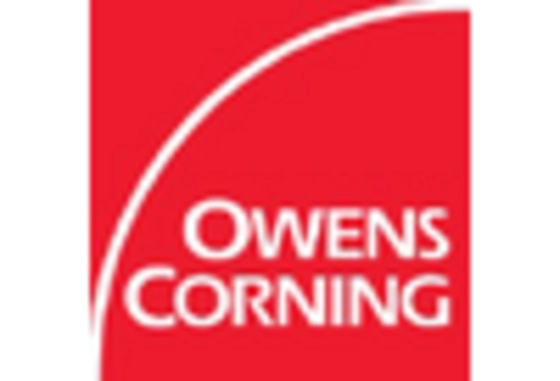
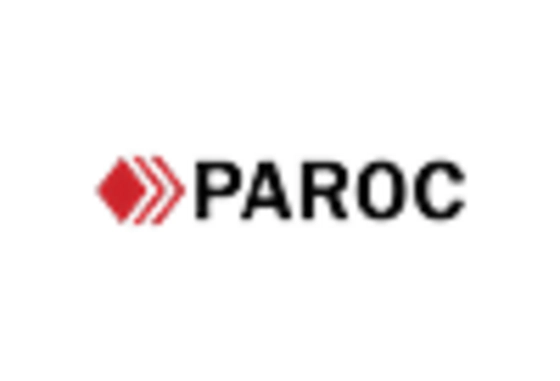
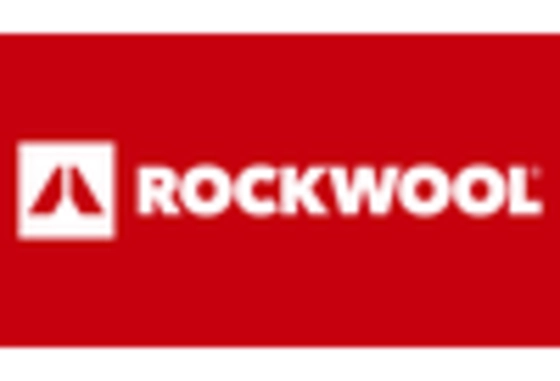









Leave a Comment